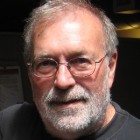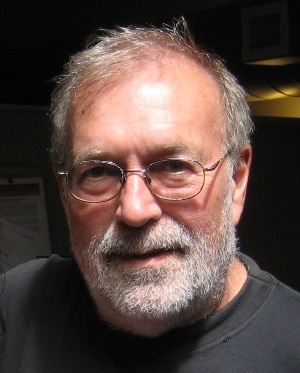 Forget constitutional rights or fairness; doesn’t it seem logical that a curfew requiring police to remove an entire group of people from public spaces for hours would at least reduce public crimes and safety risks involving that group?
Forget constitutional rights or fairness; doesn’t it seem logical that a curfew requiring police to remove an entire group of people from public spaces for hours would at least reduce public crimes and safety risks involving that group?
Well, it doesn’t. Research consistently “fails to support the argument that curfews reduce crime or criminal victimization,” a 2003 review of multiple studies found. Monrovia, California’s widely acclaimed youth curfew famously celebrated by then-President Bill Clinton was indeed followed by a decline in crime — one that was much larger during non-curfew hours than during curfew hours. Vernon, Connecticut’s youth curfew was followed by increases in crime, particularly youthful offending, while nearby cities without curfews enjoyed decreases.
Studies of dozens of cities across the nation found no effect or bad effects following youth curfews. An 18-year analysis of 21 cities in California found youth curfews useless or worse. San Jose’s and Chicago’s periods of vigorous curfew enforcement coincided with persistent failure to reduce crime in the late 1990s and early 2000s, while curfew-free cities such as San Francisco, Oakland, New Haven and New York City had impressive crime declines. Even a study purporting to validate curfews — which failed to compare cities with and without them — inadvertently found criminal arrests of youth fell faster across the country in general than in cities that enforced curfews.
Understanding why curfews fail requires radically revising our entire view of young people perpetrated by law enforcement, interest groups, politicians, and the news media from Fox News on the right to The Nation on the left.
Imagine instead — however impossibly, given the drumbeat of fear — that teenagers in this country are not a mass of risk-happy thugs, gunners, rapists and bullies. Imagine that police bent on curfew enforcement could stop hundreds of teenagers late at night and find virtually no wrongdoing — just park basketball players, movie-going throngs, restaurant socializers; that is, young people enjoying their communities.
CJCJ’s journal analysis of 400 police citations found just that: Curfews function as remarkably effective tools to waste law enforcement resources removing law-abiding youths from public places, where youthful presence serves to deter crime. Urban scholarship from William H. Whyte and Jane Jacobs to common knowledge in European and Latin American cities validate that the more folks on the streets, young or old, the safer the public space. A Toronto Mountie once laughed when I asked if the city had a youth curfew: “Maybe for six year-olds.”
Every curfew CJCJ has researched overwhelmingly targets African and Latino American youth. Americans in many communities not only routinely criminalize youth merely for venturing into public places during arbitrarily forbidden hours, but delight in venting hostility against the young. Youth Today’s survey of officials in communities then campaigning for curfews found they cared nothing for research or reason; sweeping kids off the streets made them feel satisfied and safer.
That’s why curfews emerge in suburban and gentrifying neighborhoods in which youth of color are annoyingly visible to adult patrons courted by business and realtors, such as Pasadena’s Old Town, Oklahoma City’s Bricktown, Minneapolis’ Mall of America, or San Jose’s First Street.
Youth curfews are demanded after a sensational incident — often not even caused by youths — such as the murder of a teenage girl who Oakland Police branded as an “at-risk 16-year-old” to blame for being shot because she was in public at night (not the 36-year-old man who shot her). Or to gloss over bad conditions officials have failed to redress, such as Baltimore’s campaign to curfew kids playing street football during evenings in poorer neighborhoods devoid of parks and recreation facilities. Or to invoke sentimental odes to “protecting children” by forcing them to stay home — where 4,000 domestic violence incidents are reported to Oakland law enforcement every year, and where one-third of Baltimore’s murders occur.
In California, Oakland’s latest curfew foolishness is a novice council member’s proposal to “help young people” by banning youths under age 18 from being in public later than 10 p.m. unless accompanied by someone 21 or older. So, a group of 15-year-olds coming out of a movie get arrested, while a 15-year-old prostitute with her 40-year-old pimp is legal?
Mass curfews — elsewhere enforced only by repressive dictatorships and countries suffering temporary civil emergencies — are the Land of the Free’s go-to panacea for officials substituting anti-youth homilies for serious policy innovation. As well as evidence of the Home of the Brave’s shameful fear of its young people.
Safer, inclusive communities welcome more teenagers in public, a reality reflected in the fact that police quickly tire of the hassles and antagonisms curfews entail. In California, curfew enforcement rates have plummeted by nearly 80 percent over the last 15 years to a record low level, and today’s relatively uncurfewed youth display the lowest rates of nearly every type of major and lesser crime ever reliably recorded. In short, community leaders who adopt a curfew are admitting there’s something radically wrong with their leadership, not young people.
